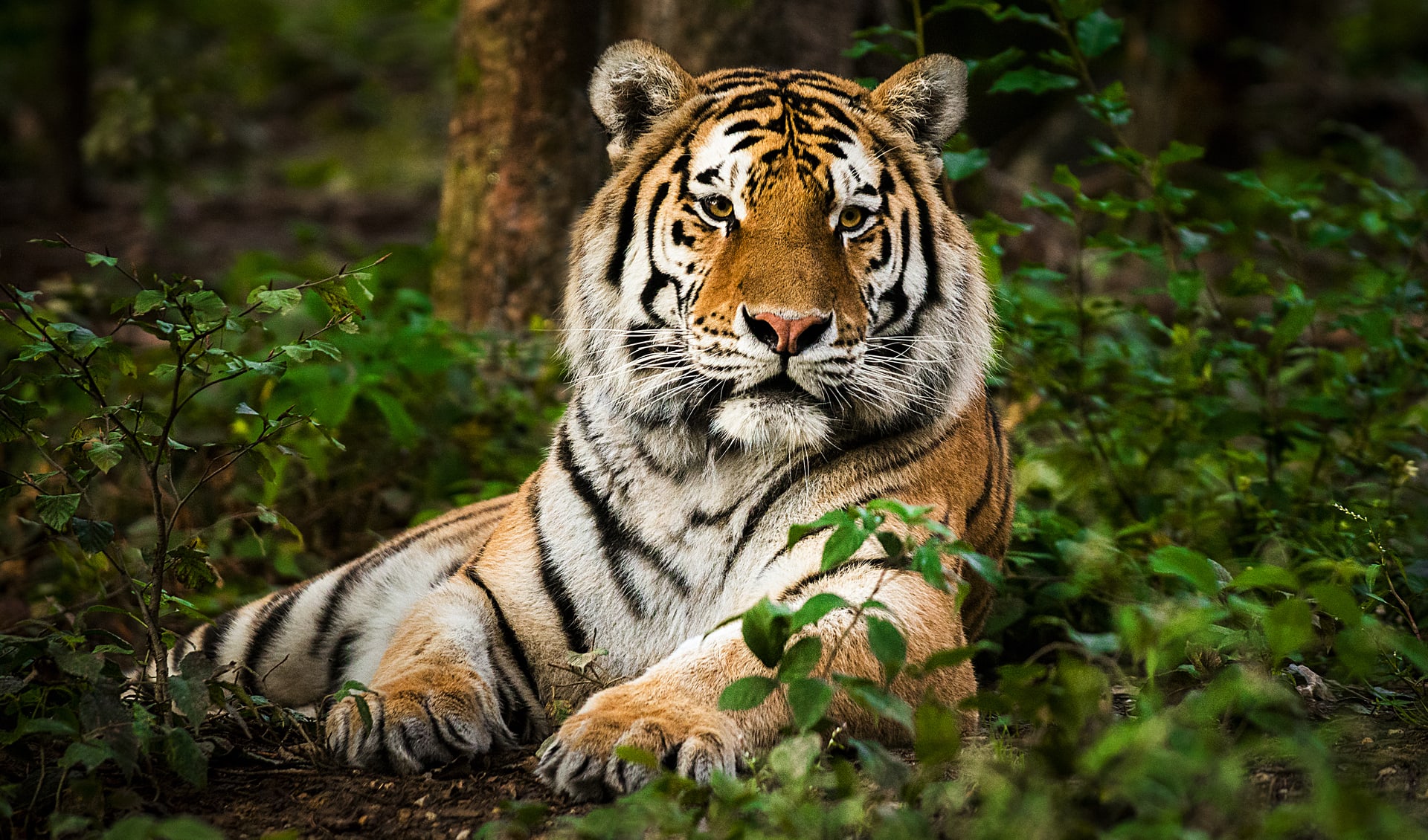This primitive wild horse, with its roots deeply embedded in the prehistoric landscapes of Europe, ranged expansively from the verdant regions of southern Spain and France, stretching eastward across the continent to the vast expanses of central Russia. The legacy of the Tarpan is immortalized in prehistoric Stone Age paintings, which depict these majestic creatures roaming freely across Europe, suggesting their presence on the continent has been long-standing, tracing back through the annals of time.
Following the retreat of the ice ages, a period marked by significant climatic warming and environmental change, the Tarpan faced increasing pressures from a burgeoning human population. The expansion of human societies brought about a gradual but relentless encroachment on the habitats that the Tarpan and other wild species depended on for survival. As a consequence, the once abundant herds of Tarpan began to dwindle, their numbers steadily declining as they grappled with the challenges posed by human advancement.
The demise of the Tarpan reached a poignant conclusion towards the end of the 19th century. In 1879, in a tragic turn of events that symbolized the final chapter in the wild Tarpan’s existence, the last known individual was killed in Ukraine amid efforts to capture and domesticate the species. This act not only marked the extinction of the Tarpan in the wild but also underscored the profound impact human activities had on the natural world. The factors contributing to the Tarpan’s extinction were manifold, encompassing extensive hunting for the flesh, escalating conflicts with farmers, the systematic destruction of natural habitats, including forests and steppes, and hybridization with domestic horses. These pressures collectively sealed the fate of the Tarpan, rendering it extinct and leaving behind a legacy of loss and reflection on human interactions with wildlife.
Distribution
 China
China Kazakhstan
Kazakhstan Official estimate
Official estimate
 Mongolia
Mongolia Russia
Russia Official estimate
Official estimate
 Ukraine
Ukraine Official estimate
Official estimate
Did you know?
- When the Tarpan was first studied scientifically by the 18th century, there were probably very few pure bloodline Tarpans, as most had mated with domestic stock.
- Evidence shows wild horses lived in a continuous range from western Europe to Alaska (i.e., continental Europe and the Eurasian steppe), except for parts of Iceland, Scandinavia, and Ireland.
- It is believed that they used to look very much like the Przewalskii, except for a grayer coat.
- The last true Tarpan died in captivity at Munich Zoo in 1887.
- After extinction, efforts were made to recreate the breed. The modern Tarpan is a genetic recreation of the original wild breed that bears a close physical resemblance to its ancient ancestor. Still, it is not as sturdy and robust as pure blood (original).
- Wild horses farmer conflict- farmers did not want the wild Tarpans eating their crops or stealing their tame mares, so they hunted herds of Tarpans.
- The farmers in Eastern Europe treated the Tarpan the same way as mustangs, and wild burros were treated in the United States in the 21st century.
Anything we've missed?
Help us improve this page by suggesting edits. Glory never dies!
Suggest an editGet to know me
Terrestrial / Aquatic
Altricial / Precocial
Polygamous / Monogamous
Dimorphic (size) / Monomorphic
Active: Diurnal / Nocturnal
Social behavior: Solitary / Pack / Herd
Diet: Carnivore / Herbivore / Omnivore / Piscivorous / Insectivore
Migratory: Yes / No
Domesticated: Yes / No
Dangerous: Yes / No




